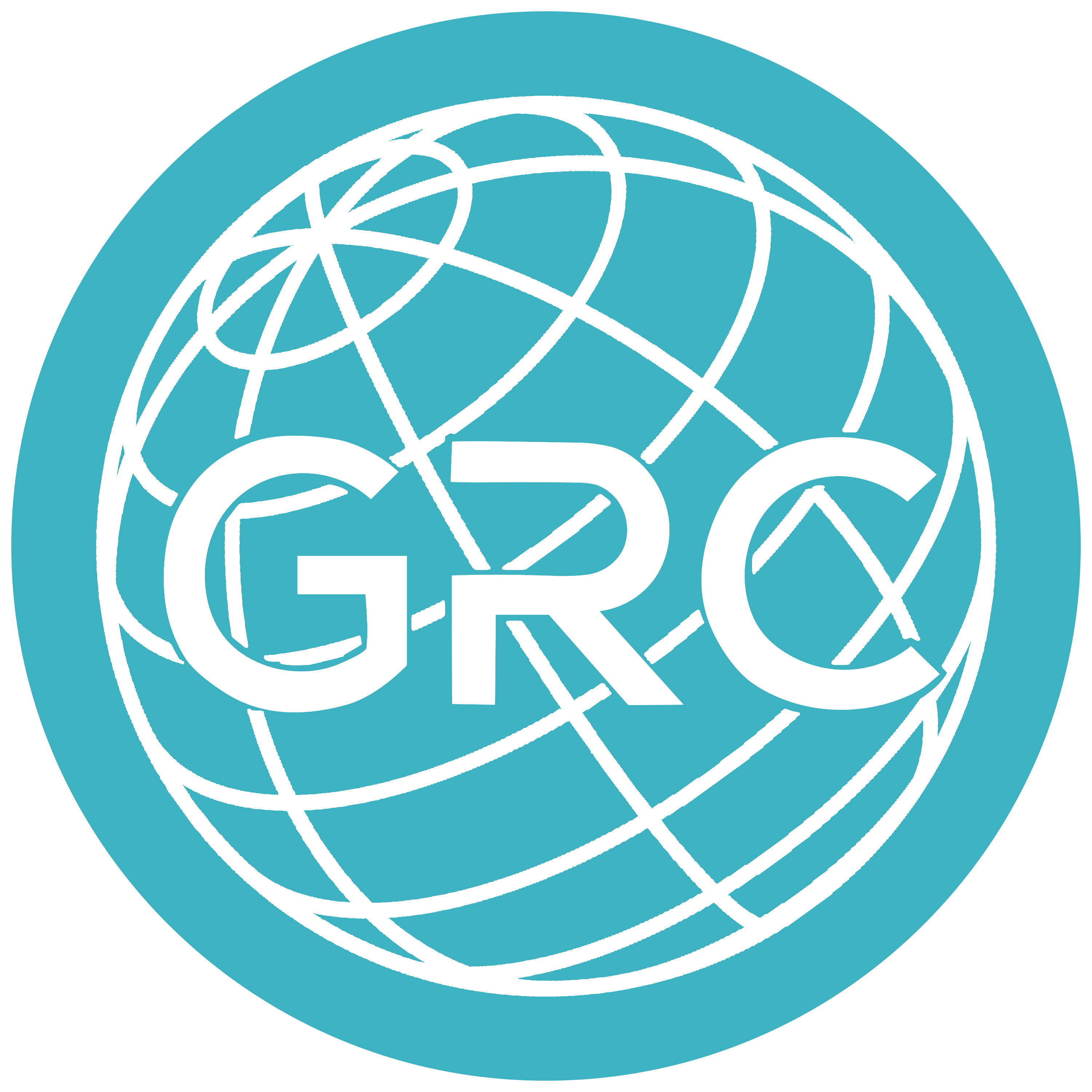China’s Belt and Road Initiative: Progress or Push for Chinese Dominance?
Harkening after the original Silk Road, China’s Belt and Road Initiative (BRI) is one of the most ambitious infrastructure projects ever conceived.
President Xi proposed the initiative in 2013 – with the vision of creating a vast network of highways, railways, and energy pipelines both westward to Europe and southward to South and Southeast Asia.
In addition to helping break the bottleneck in Asian connectivity through infrastructure development, the BRI network has the potential to both accelerate economic growth across Europe and the Asian Pacific as well as expand the international use of the Chinese RMB.
Given the reality is that demand for infrastructure in BRI countries far outstrips its supply and China is one of the only countries willing to fill this gap, more than 70 countries have signed on to Chinese-run projects or indicated an interest in doing so.
Most recently, Italy became the first G7 country to join the BRI.
Chinese investments could be a saving grace given Europe’s recent recessions and the uncertainty of Brexit.
China has strong economic motivations to gain from the BRI. The BRI has largely involved the promotion of projects that mandate the use of Chinese firms and workers, are financed by loans that host countries must repay, and typically lead to direct Chinese ownership of profitable infrastructure.
Furthermore, the infrastructural ties between China and its neighbors will reduce regulatory and physical barriers to trade and allow China to relocate excess capacity in its industrial sectors into these countries.
With the new normal of slowing GDP growth, Xi strives to open new investment opportunities, export markets for China’s consumer goods, and avenues for domestic consumption.
Not to mention, links to Central Asia and the Middle East provides the nation with long-term energy supplies via routes the U.S. cannot disrupt.
But is this initiative truly economically sound? The BRI seems to be driven by geopolitical urges instead of well-founded financial sense. The hundreds of billions invested in the BRI has not produced significant returns for investors.
In fact, considering that the sovereign debt of 27 BRI countries is regarded as “junk” by the three main rating agencies and 14 have no rating at all—it is questionable whether Chinese leaders seek a financial return from the initiative. Many Chinese citizens themselves have been outspoken about the initiative’s wasteful spending.
Now, six years from its inauguration, many perceive the BRI as an unsettling expansion of China’s power. The US believes that the BRI is a Trojan horse for Chinese military expansion and efforts by the Chinese Communist Party to undermine American influence as well as an international order.
Mahathir Mohamad, the prime minister of Malaysia, also described BRI as a form of “new colonialism” that must be rejected.
China has been accused of practicing debt trap diplomacy to fund the initiative’s projects – intentionally extending excessive credit with the malicious intention of extracting economic or political concessions from the debtor countries when they are unable to honor its obligations.
While in the early stages of development, many countries perceived Chinese capital as low-cost money – with low-interest rates – in reality, China often lent above market rates from concessional lenders (i.e. the World Bank) that slowed lending due to concerns about rising debt levels.
Out of the 70 countries hosting projects linked to the BRI, 23 are currently at risk of debt distress, and 8 planned projects are adding considerably to the risk.
Additionally, the negotiation and bidding processes for BRI projects have lacked transparency.
An analysis of 173 BRI projects by the CSIS concluded that the officials in charge of project planning have no incentive to approve financially sound investments and take the opportunity to signal their loyalty to Xi by skewing their projects towards his favored foreign-policy initiatives.
For instance, any country that recognizes Taiwan diplomatically is automatically excluded from consideration of loans.
Meanwhile, investments are skewed towards poor countries that lack good governance and robust rule of law – which are more compatible with China’s no-strings approach to investment as well as lax requirements about corruption, human rights, or sustainability.
This decentralized project-management system is a recipe for cost escalation and corruption. As the costs of many of the proposed projects have skyrocketed, their corresponding host countries are now caught in a debt trap.
Sri Lanka’s President Maithripala Sirisena sought to renegotiate a repayment schedule, but China asked for a long lease on a major port in return for debt forgiveness. Now, Sri Lanka reportedly owes $13 billion on its debt – although its expected total government revenues of just $14 billion.
In 2018, Pakistan sought billions of dollars in loans from Saudi Arabia and the International Monetary Fund to pay off the debts to China weighing on its economy. Others point to China’s increasingly assertive military and speculate whether the construction of ports in host countries might foretell the development of naval bases and support the “string of pearls” theory – a geo-economics strategy whereby China creates unsustainable debt burdens for its Indian Ocean neighbors to take control of regional choke points.
There are also Chinese leaders’ attempts to use the BRI for internal state-building motives: they hope that facilitating increased economic links to inland regions like Xinjiang can pacify the restless, separatist Uyghur population.
By increasing economic activity in these border regions, the BRI will lessen the appeal that separatist ideology might have to the marginalized residents.
Ultimately, while China contends that the Belt and Road initiative has benefitted host countries by providing new markets for commodities, improved infrastructure, necessary employment, and valuable technology, the overall landscape seems to point to a grim reality.
The BRI appears to represent nothing less than China’s unstructured attempt to exploit its financial largesse in order to assert hegemonic influence over partner countries.
By Yani Li



